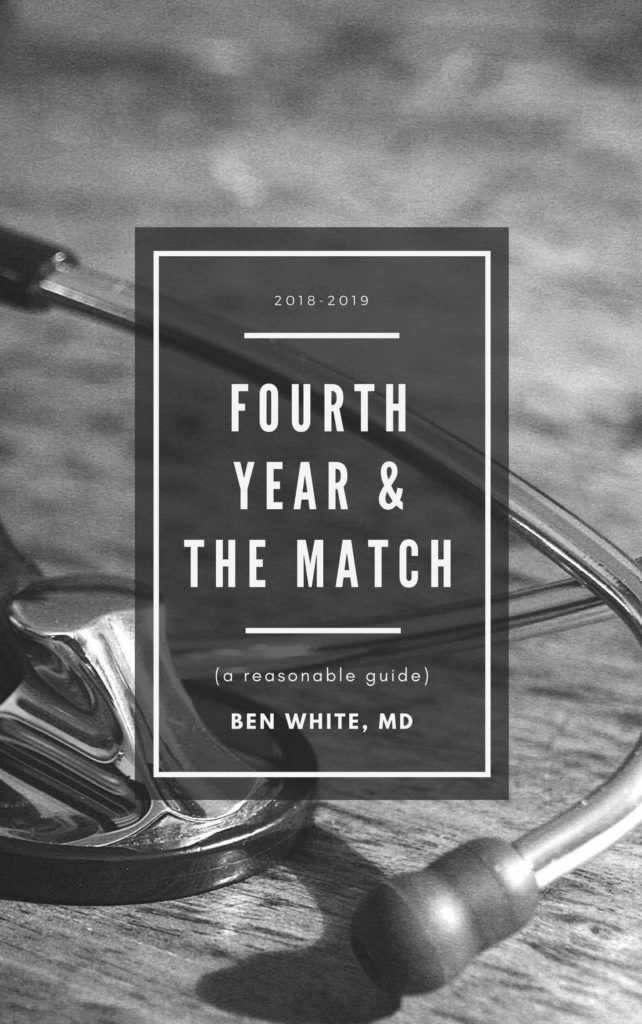President and CEO of the NRMP, Mona M. Signer, talking with Medscape:
I certainly understand why applicants and programs engage in post-interview communication, but applicants and program directors shouldn’t create their rank-order list on the basis of post-interview communication from the other party. They ought to create their rank-order list based on their true preferences. Applicants should rank the programs where they want to train in order of preference, not where they think they will match. Program directors should rank applicants in order of preference, not the applicants with whom they think they will match. The matching algorithm works best when Match participants rank each other in order of true preference.
YES. Seriously people. I would also add that people shouldn’t create their ROL based on communication (or assurances) during the interview, either.
After all these years, some students and programs still think there should be other considerations to the ROL. But there aren’t. It shouldn’t really matter what the other side wants in this system. It matters what you want. It’s your list.
From “The Residency Match: Interview Experiences, Postinterview Communication, and Associated Distress” in the Journal of Graduate Medical Education:
In terms of postinterview communication, more than 70% of respondents indicated that they wished such communication were explicitly discouraged, and more than half said they wanted programs to bar candidates from notifying them of a high rank in order to avoid match manipulation.
There are no positives to the ego-stroking, play-acting, and intermittently grossly-misleading game that programs (and applicants) play. Everyone wants to be loved and get their top choices, but the only communication that should really have any impact (or be permissible) is new information:
- My spouse early-matched to a program at your institution.
- My mother has become ill, and I truly hope to end up in your city so that I can help take a greater role in her care.
- I just won the lottery, and there is a significantly increased risk of me not completing your grueling program.
Though the NBME allows everyone to dance, the best advice will always be rank them how you want them.
